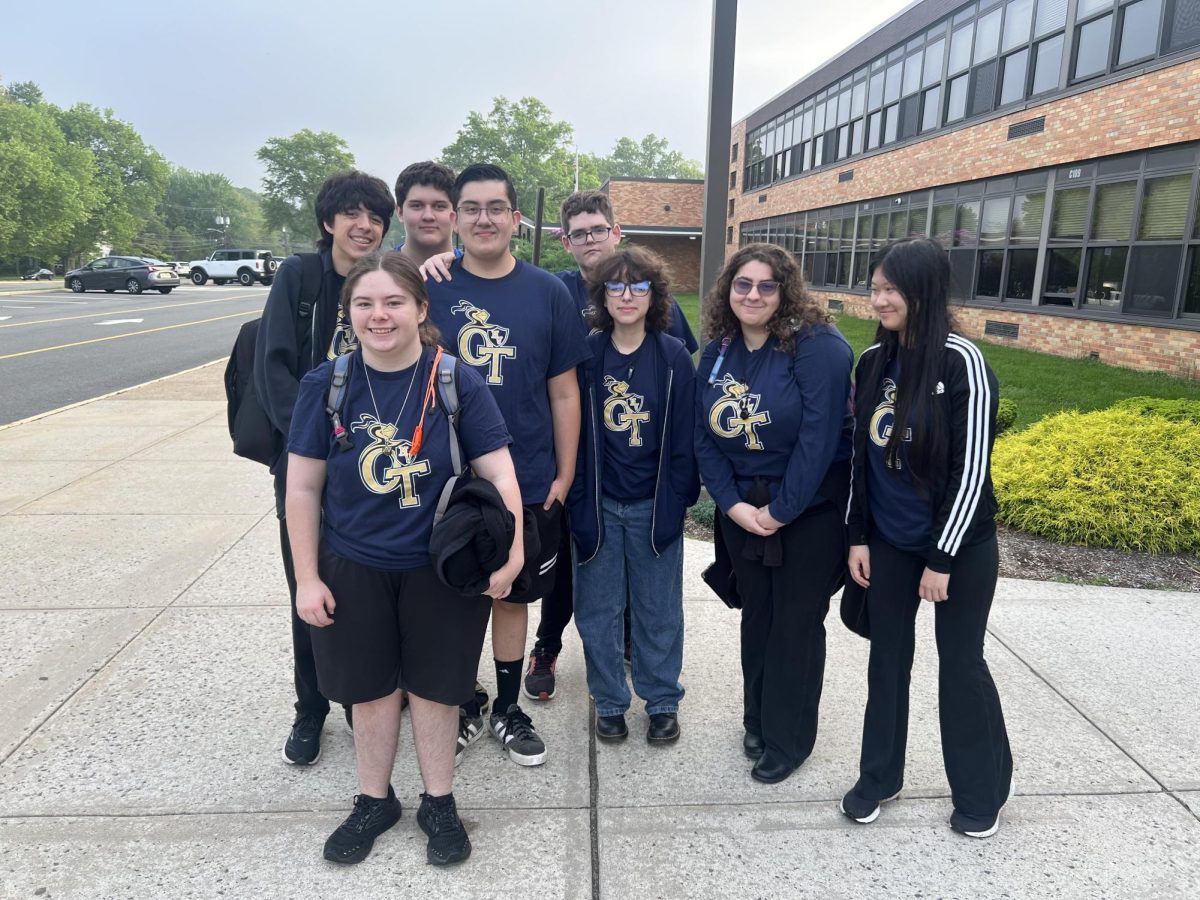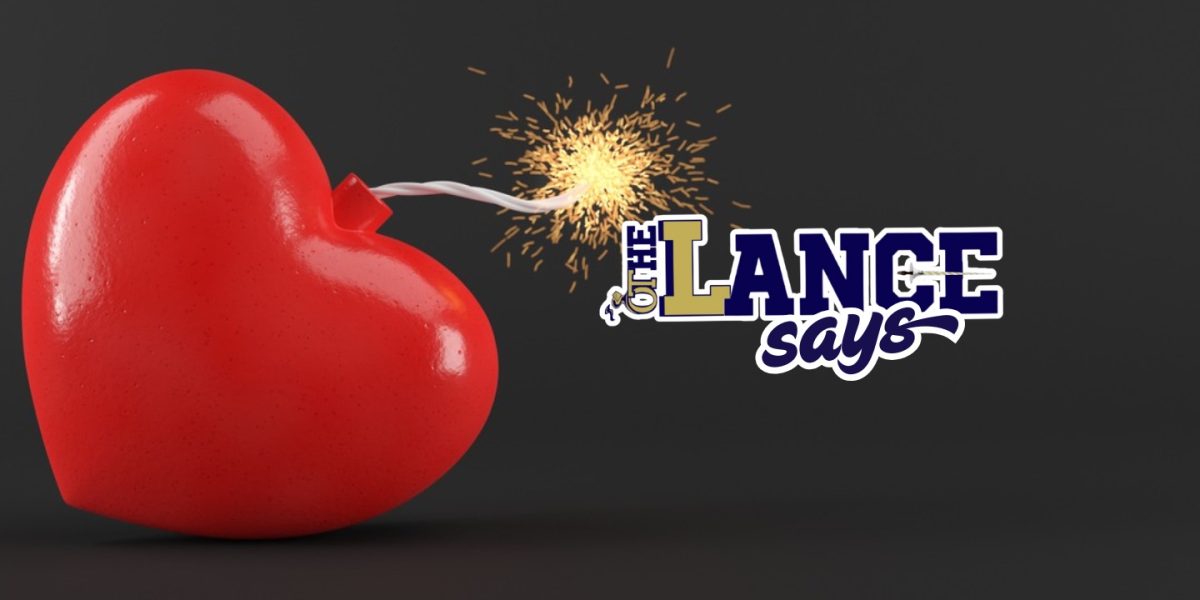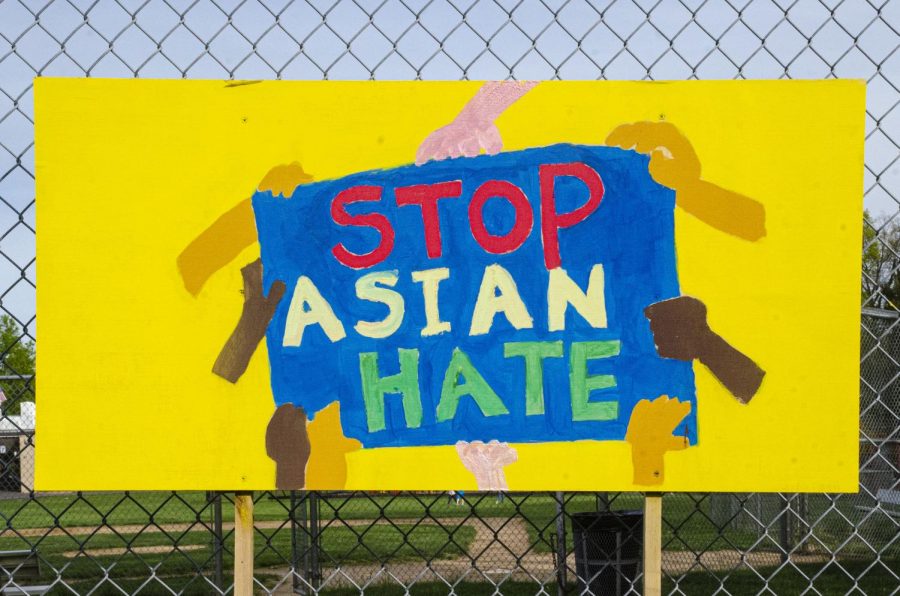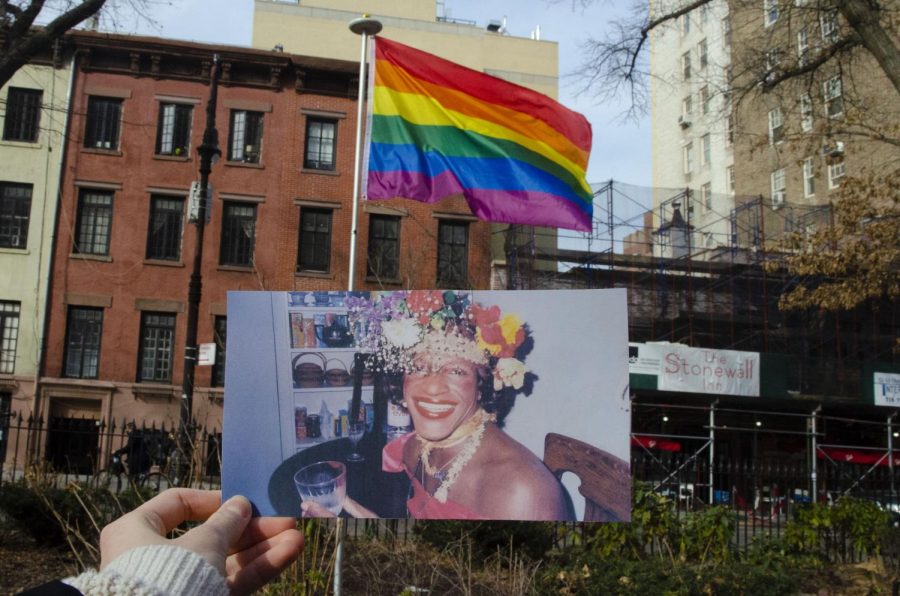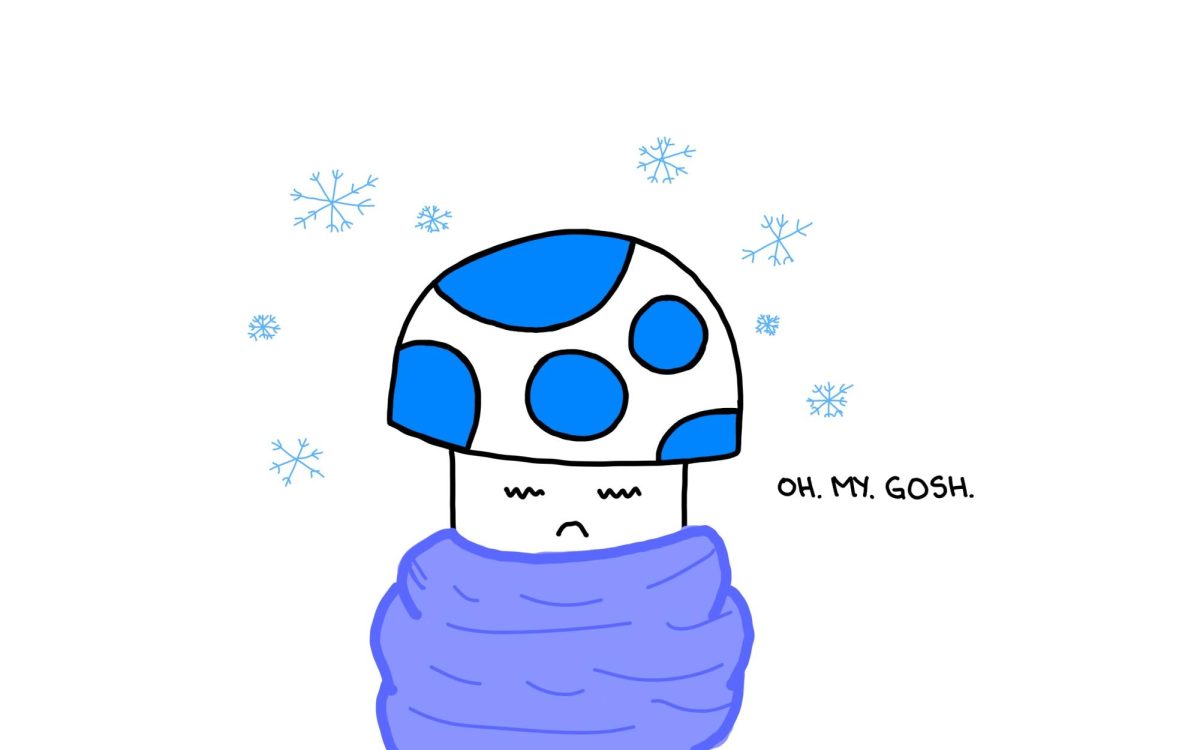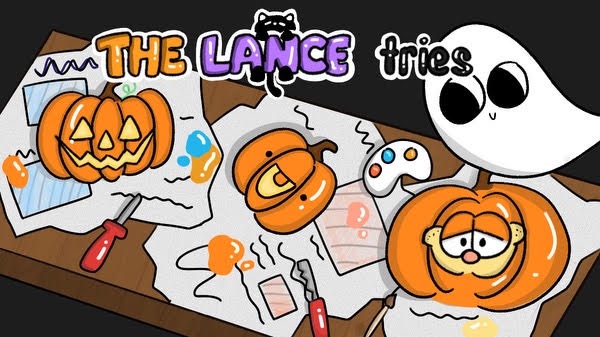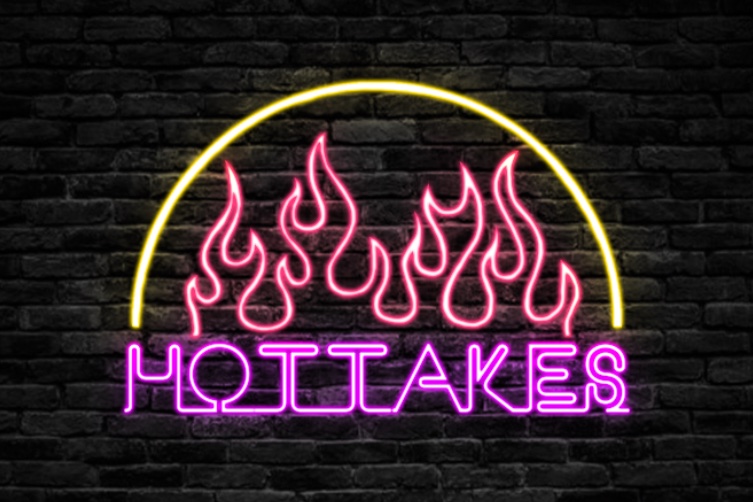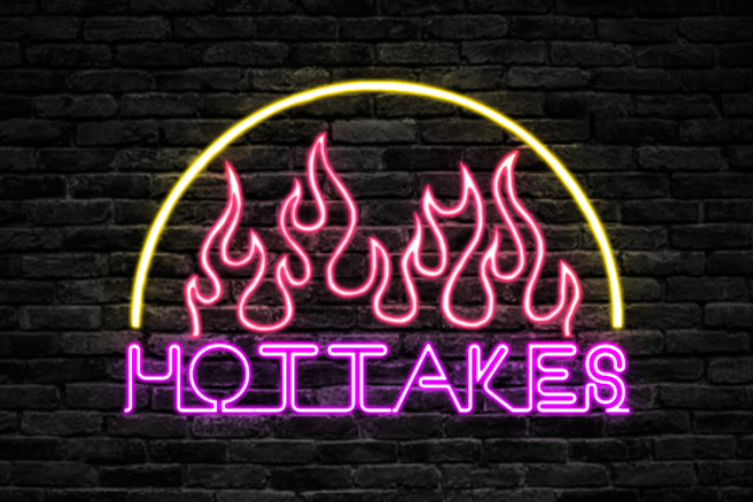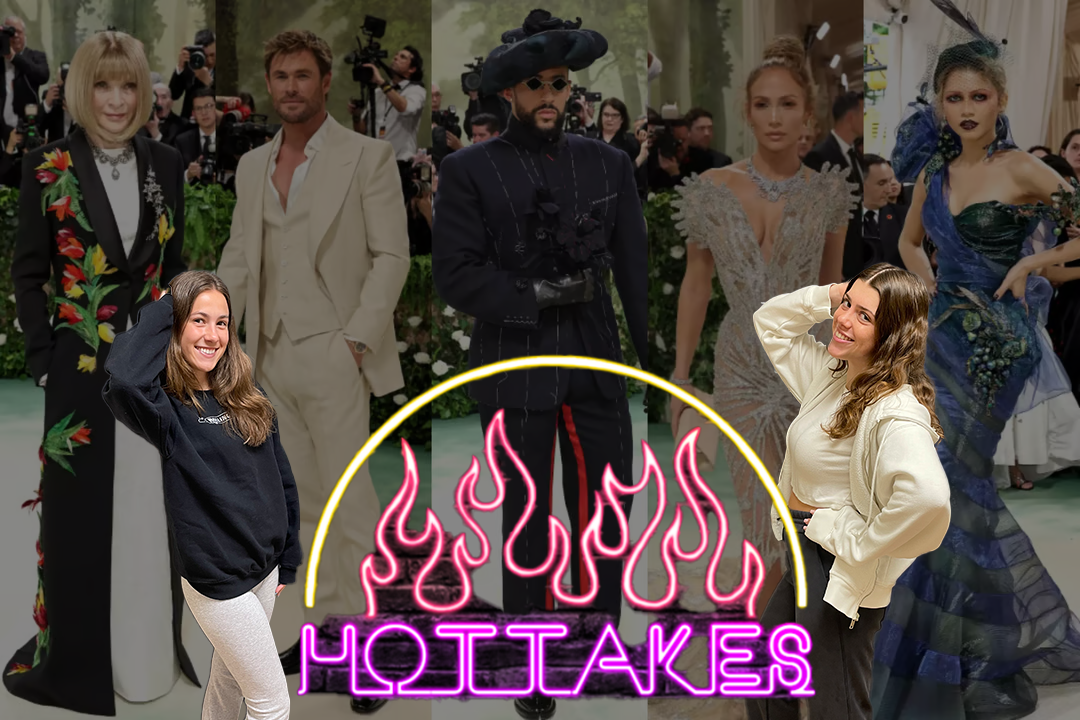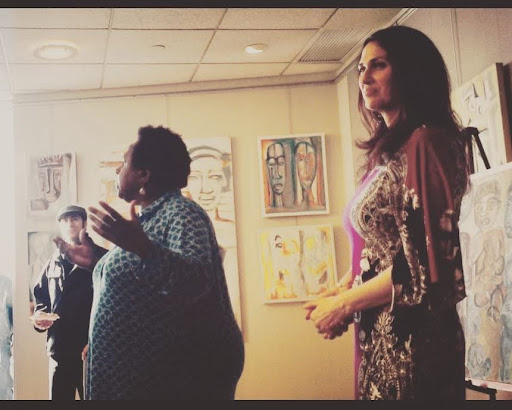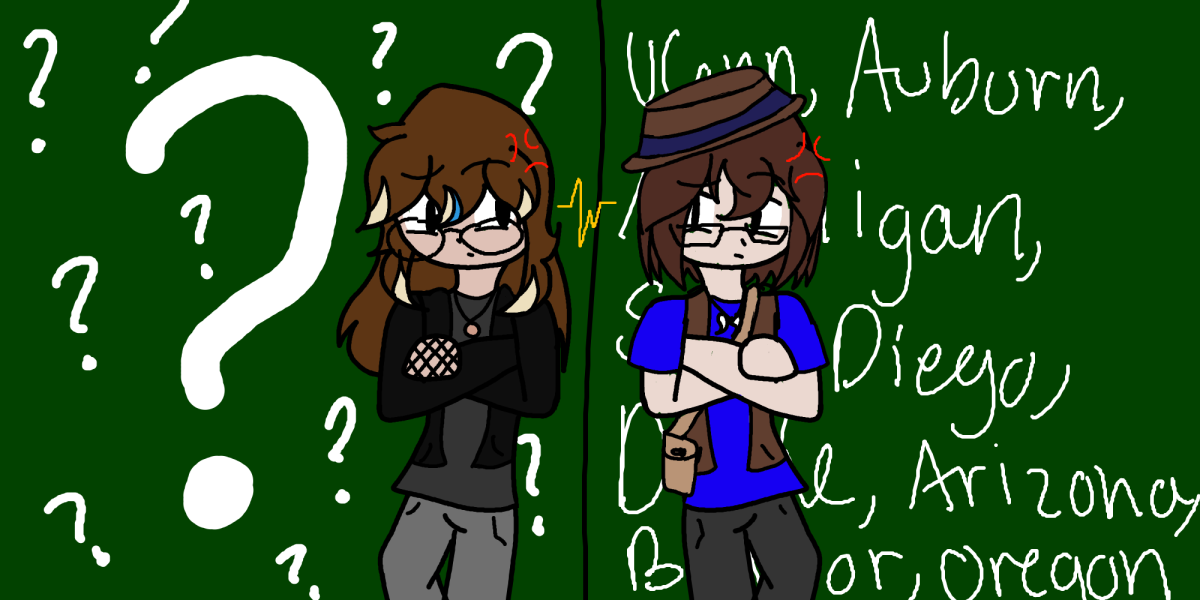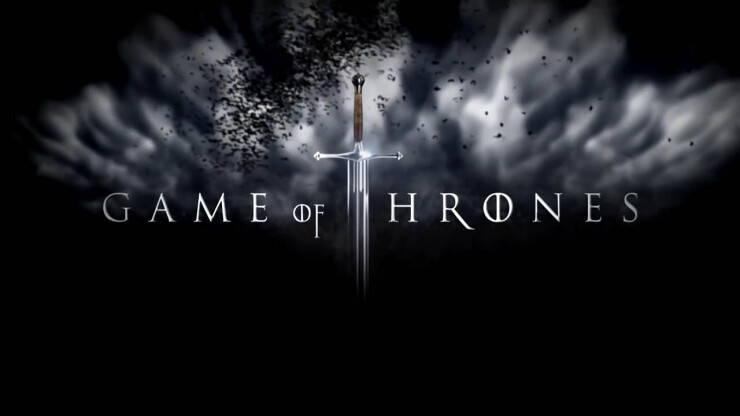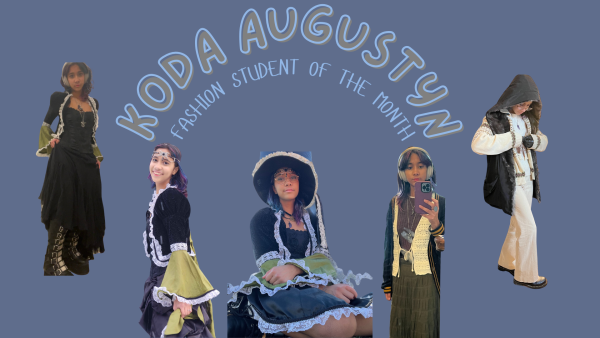The True Villain of Game of Thrones
Who’s going to be the one on the Iron Throne?
The final battle between the living and the dead in Season 8, Episode 3 left many fans, myself included, feeling unsatisfied. In one fell swoop, Arya Stark kills the Night King, the White Walkers, and the hundreds of thousands of wights. My initial reaction was that the ending was too abrupt. Eight years of build up for THAT? While it made logical sense, it was not the ending I was hoping for, from a plot perspective.
From a personal perspective, I was more than happy to see the White Walker storyline end after the third episode. It was always the most boring part of my favorite television show. In a complex story of morally gray heroes and villains, this particular conflict was all too simple and all too black and white. Again, I would have been ecstatic to not have to spend the final hours of Thrones on the unambiguous ice zombies. That is, however, if Thrones did not spend eight years emphasizing that the “the real war” was never “between a few squabbling houses,” but rather “between the living and the dead” as Ser Davos so poignantly summarized in Season 6. Their defeat was not the climax, but rather a stepping stone to get to the war with the (all of a sudden) one true villain of the series, Cersei Lannister. Of course, this felt beyond antithetical to everything we thought we knew about the main message of the story.
But after watching the latest episode of this final season, I had a change of heart.
Within the first half of the episode, the political squabble between Cersei and Daenerys ended in flames. The Dragon Queen arrested and executed her top advisor for treason, and within minutes after, she caused the surrender of the Lannister forces. For the majority of episode five, the battle was not one between Team Cersei and Team Daenerys. Rather, it was a struggle between the Breaker of Chains, a force for liberation and justice, against her deep seeded rage for all that had gone wrong for her.
Yes, Davos was correct when he said “the real war” had nothing to do with “squabbling houses.” However, he was also wrong when he said that it was “between the living and the dead”. The real conflict of Game of Thrones is the one brewing inside each and every character: their struggle between their inner demons and their better angels.
Sure, Targaryens are more susceptible to outbreaks of psychotic rages, but it was the specific events of the past few episodes that pushed Daenerys over the edge, leaving her feeling isolated and vengeful, while turning her into “The Mad Queen,” who would burn the entire city to the ground.
It is not just this season that characters’ inner struggles have driven the plot, and it is not just Daenerys who suffers it. It was Jaime Lannister’s infatuation with Cersei that drove him to push a young boy from a window, but his better angels that empowered him to kill the Mad King before he burned his own people alive. The War of the Five Kings was indeed caused by the strife between the Starks and the Lannisters. More specifically, though, it was a result of Joffrey’s inability to tame his sadistic tendencies, which drove him to order Ned Stark’s beheading. It was Stannis’ feeling of utter desperation which caused him to betray his daughter and put complete trust in Melisandre who promised him the Iron Throne. Even Ramsay, largely seen as the epitome of evil, was capable of the slightest form of emotion, as exemplified in his mourning for Miranda.
As previously mentioned, every single human character on the show is morally gray. Each character’s struggle to make his or her shade lighter or darker is the true conflict of Game of Thrones. The Night King died early on in the season not to make way for Cersei as the ultimate villain, but to clear the way for Daenerys to flip her coin to the side of madness.

